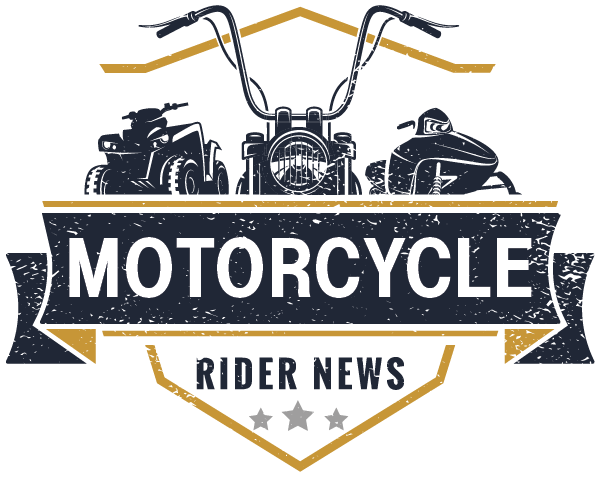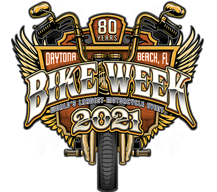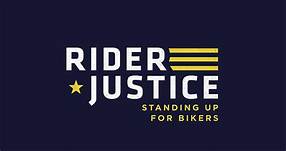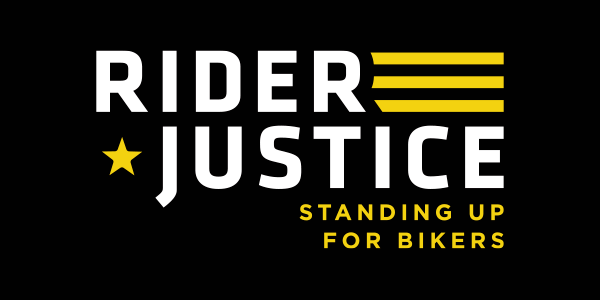
By Jared Richards
We are seeing a huge increase in hit and run accidents and accidents involving our clients and an at fault driver with NO insurance.
Face it. Lots of folks are making decisions on what bill to pay right now. We hope you will share this post. What happens when the driver who hit you doesn’t have enough liability coverage? Or, even worse, what if he leaves before you can get his information? Uninsured and underinsured motorist coverages financially protect you from irresponsible drivers.
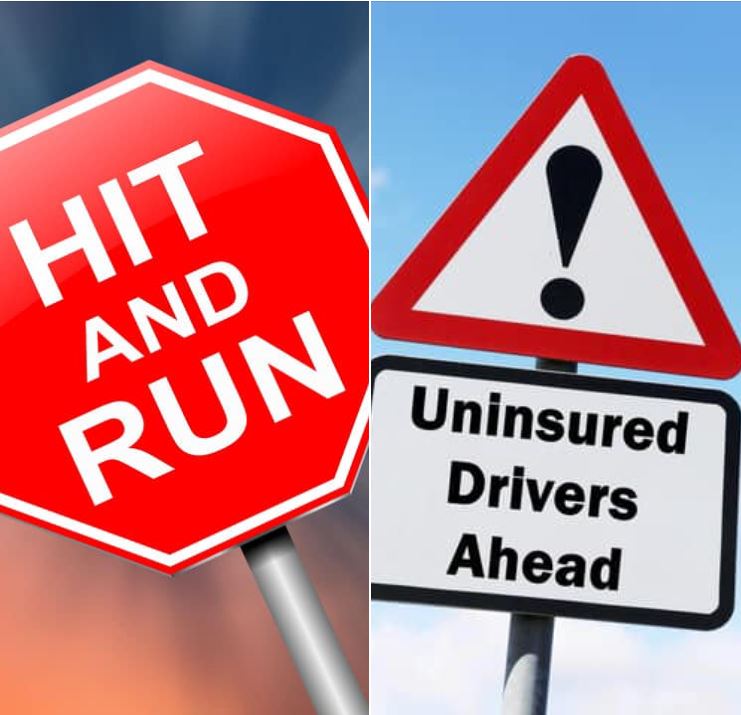
QUICK COVERAGE FACTS
Uninsured or underinsured motorist coverage:
Is used when the at-fault driver doesn’t have enough (or any) liability coverage.
Having this coverage can save you from having to pay out-of-pocket for a car accident you didn’t cause. Usually costs more to add to your policy in states with more uninsured drivers.
- HOW UNINSURED AND UNDERINSURED MOTORIST COVERAGE WORKS
Say you’re involved in an accident that wasn’t your fault. In most circumstances, you’d file a claim with the at-fault driver’s car insurance company, get your car repaired and recoup compensation for any lost wages or medical expenses. No out-of-pocket expenses to you.
But what if the driver who sideswiped you doesn’t have car insurance or doesn’t have enough of it? Minimum liability insurance requirements don’t always offer enough coverage after an accident.
Uninsured and underinsured motorist coverage can help protect your finances if you’re in an accident caused by an uninsured or underinsured driver.
- WHAT IS UNDERINSURED MOTORIST INSURANCE?
Underinsured motorist coverage helps pay your expenses if you’re hit by an underinsured driver. In some states, uninsured and underinsured motorist coverages are bundled together as a single coverage on your auto policy.
Each state defines “underinsured” a bit differently. Typically, it’s a driver who doesn’t have enough insurance to cover someone else’s damages if he or she is found at fault in an accident. For instance, an underinsured driver might have auto liability insurance but either:
Insufficient liability limits to cover your bills after an accident, liability limits less than or equal to your underinsured motorist coverage limit
- THE DIFFERENCE BETWEEN UNINSURED AND UNDERINSURED COVERAGE
Uninsured motorist insurance protects you if you’re in an accident with an at-fault driver who doesn’t carry liability insurance.
Underinsured motorist coverage steps in when you’re in an accident with an at-fault driver whose liability limits are too low to cover the medical expenses of any injured people. The at-fault driver’s insurance will typically pay for all damages up to his or her auto insurance policy limits, then your underinsured motorist coverage may cover the excess amount up to the limits you select.
- 2 TYPES OF UNINSURED AND UNDERINSURED MOTORIST COVERAGE
Like liability insurance, uninsured and underinsured motorist coverage breaks down into two coverage types: bodily injury and property damage.
- UNINSURED/UNDERINSURED MOTORIST BODILY INJURY COVERAGE (UMBI/UIMBI)
Uninsured/underinsured motorist bodily injury is designed to cover you and the people in your car for medical bills, lost wages and pain and suffering if you’re in an accident caused by someone who doesn’t have insurance or enough insurance.
Medical payments (Med Pay) coverage or personal injury protection (PIP) may not be enough to keep drivers from needing UMBI or UIMBI. Keep in mind that if you’re injured by an uninsured driver, UMBI or UIMBI may offer higher limits than either of those.
- UNINSURED/UNDERINSURED MOTORIST PROPERTY DAMAGE COVERAGE (UMPD/UIMPD)
Uninsured motorist property damage (UMPD) and underinsured motorist property damage (UIMPD) are designed to protect your car if someone hits you and doesn’t have insurance or enough insurance.
Say another driver causes a 3-car accident. The damage is significant, and the responsible driver is uninsured or has low limits. These coverages could help cover the remaining repairs, up to the policy limits. They could also help to cover a collision deductible, rental car costs or other out-of-pocket expenses.
In some states, these coverages are required and automatically included for each vehicle on the policy. In other states where coverages are available but not required, if you want it for all vehicles on your policy, you’ll need to add it separately for each.
Nevada is a state that insurance companies are required to offer you this coverage but also allow you to wave this coverage electronically. It can be pricey. But one trip to the hospital is thousands of dollars. It’s a bit like putting a potential future accident coverage on layaway. Let’s say it cost an additional $60-$70 or even $100 a month.
It would take a decade to cover that 100k in coverage if you needed it.
If you are the victim of a hit-and-run, here are some steps you can take:
- Pull over in a safe area.
- Make sure you and your passengers are OK. It’s not a good idea to chase the other driver.
- Record as many details about the accident as possible.
- Even if you didn’t get a look at the license plate, a description of the car (make, model, color) and driver can help during the insurance claim process.
- You’ll want to take note of the time and location of the accident and get the contact information from any eye witnesses.
- Call the police and
- Take photos of your car damage and the scene.
- CALL Jared Richards! 833-702-7433 of Full Throttle Law! Or text Dazzlin 678-641-4535
- Call your insurance company to start your property damage claim. Refrain from making a statement until you consult with your attorney.
We would be happy to review your policy for you for free. This service is standard across the personal injury attorney industry.
We don’t sell insurance, but we are experts at dealing with insurance agencies for our clients. We can spot a gap in your coverage quickly.
We Ride Together.
1-833-702-RIDE
